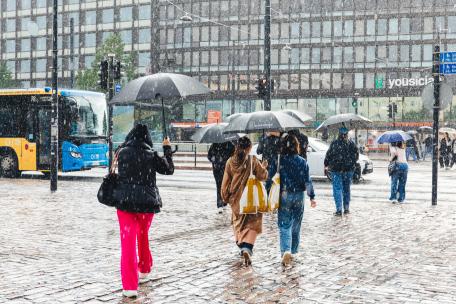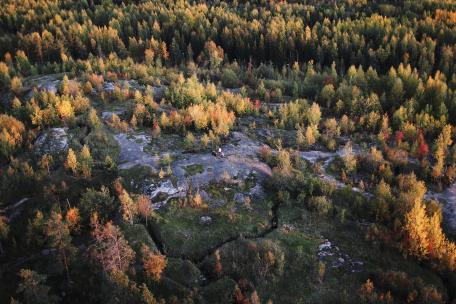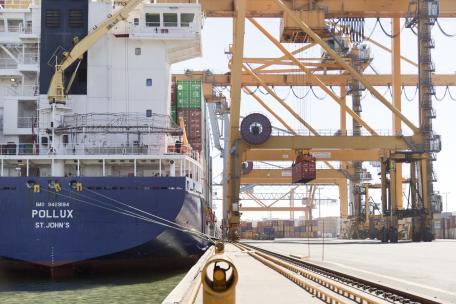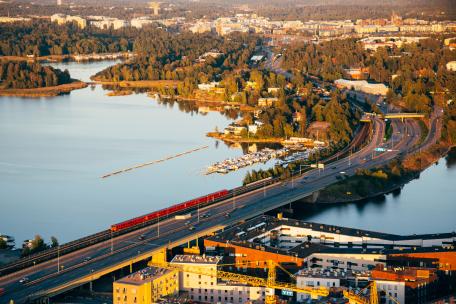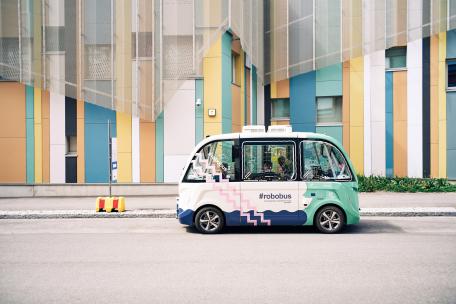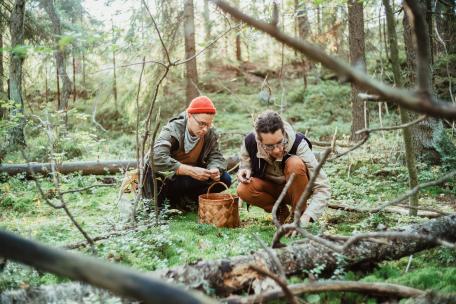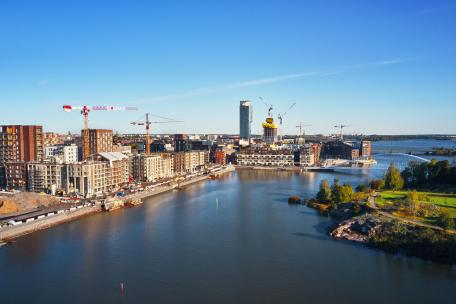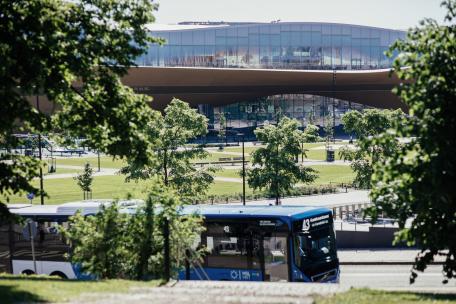Environment
Adaptation and preparedness for extreme weather events
Helsinki’s operational preparedness is at a good level, but adaptation and preparedness require changes in land use planning and construction and decisions on the level of preparedness.
Read more about adaptation and preparedness for extreme weather events ›
Promotion of Helen Ltd’s environmental objectives
Helen has, for the most part, promoted the Helsinki City Group's environmental objectives, but the ecological sustainability of the biomass that it burns requires further attention. Helen is investing in the promotion of small-scale nuclear power.
Read more about the promotion of Helen Ltd's environmental objectives ›
Achieving the Carbon Neutral Port objective
The Port of Helsinki’s emissions reduction target for ship emissions will almost certainly be reached in 2030. Emissions from heavy goods vehicles and machinery have not yet fallen significantly.
Read more about progress towards the Port’s carbon-neutrality target ›
The effectiveness of recommendations
Action has been taken on 94% of the recommendations from the 2021 assessment report.
Read more about the effectiveness of the recommendations of the 2021 assessment ›
The impact of residential planning on green spaces
Residential planning has sought to preserve green spaces and valuable nature sites. However, green spaces have been designated for housing, as land-use planning also pursues its objectives for housing production.
Read more about the impact of residential planning on green spaces ›
Promoting sustainable transport modes
The percentage of sustainable forms of transport has not increased. Promoting walking is very much in its initial stages and operates with limited resources.
Read more about promoting sustainable transport modes ›
Promotion of biodiversity in forestry
The natural value of the city’s forests have increased in the long term, thanks to the nature management and planned exclusions from the management. The key actions promoting biodiversity were allowing forests to have moulder wood, favouring trees of different species and ages, and excluding sites recognised as important for biodiversity from the nature management.
Read more about promoting biodiversity in forestry ›
Reducing emissions from construction and building use
The Urban Environment Division and Helsinki City Housing Company have taken numerous measures to reduce emissions. In order for the objectives of the Carbon-neutral Helsinki 2035 action plan to be achieved on schedule, a considerable number of energy refurbishments of private housing companies will be required.
Read more about the measures to reduce emissions from construction and building use ›
Achievement of environmental policy objectives in procurement
The environmental policy objectives set by the City Council in 2012 have not been fully achieved in the City of Helsinki’s procurement. Although environmental criteria have been set in several procurements with significant environmental impact in the past, more extensive development has only begun in recent years with the Carbon-neutral Helsinki 2035 action plan.
Read more about the achievement of environmental policy objectives in procurement ›

